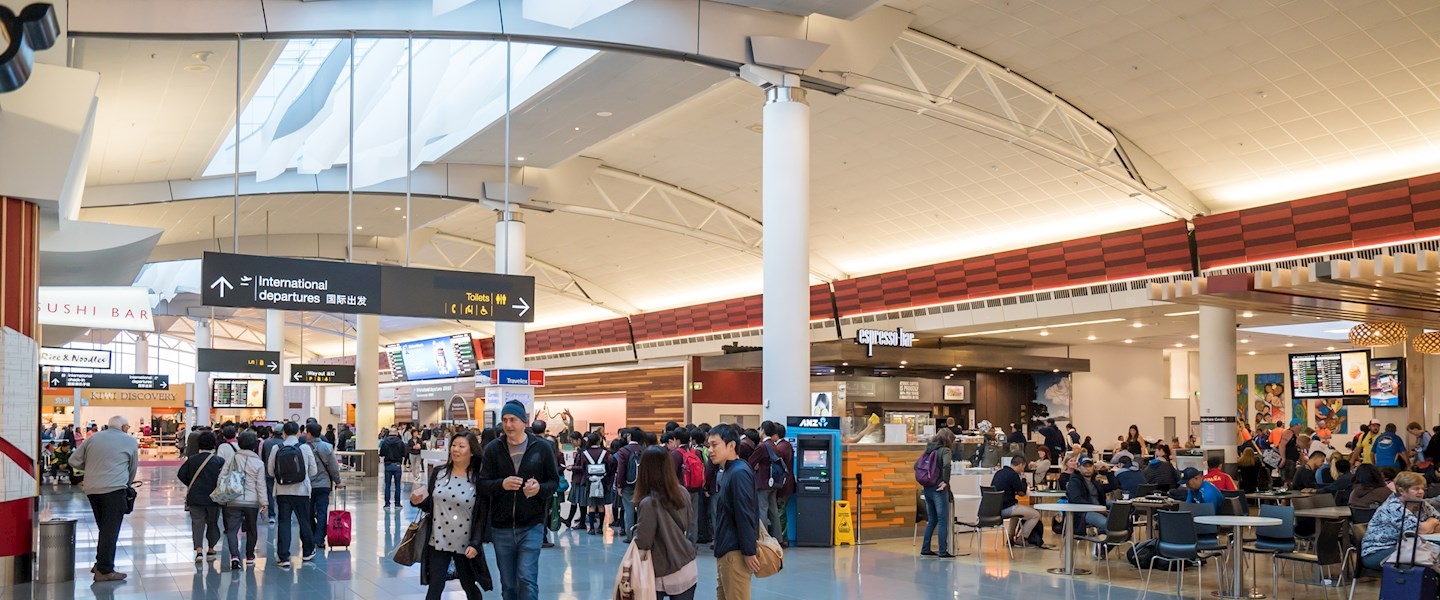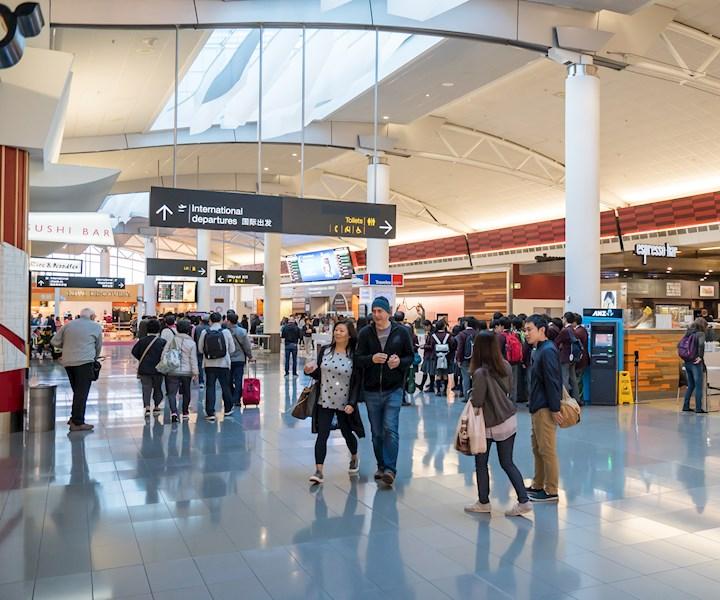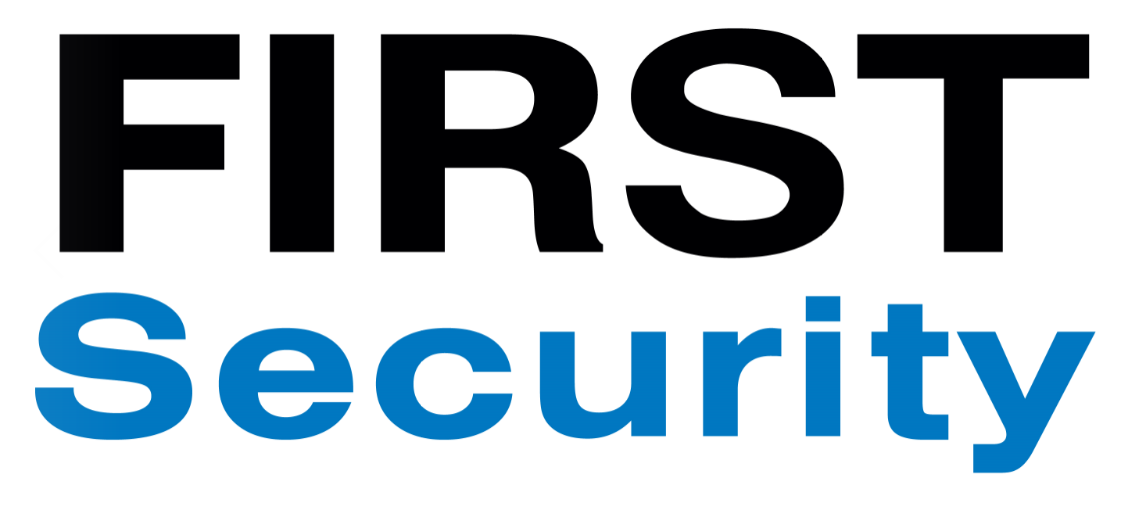7. Crowded Places: Behavioural detection


The government’s ‘Protecting Our Crowded Places from Attack: New Zealand’s Strategy’ provides guidance to venue operators and event organisers in relation to protecting staff and visitors from armed attacks. In this series of posts, FIRST Security’s COO Steve Sullivan looks at how you can implement the strategy and keep your people safe.
In my last post, I wrote about the Detecting and Responding to Hostile Reconnaissance Tool that forms part of NZ Police’s Crowded Places strategy. According to the strategy, hostile reconnaissance “is the purposeful observation of people, places, vehicles and locations to collect information that informs the planning of an attack against a specific target.”
In that post, we explored how to disrupt attempts by malicious actions to gain information about your premises by using the ‘three Ds”:
- ‘denying’ them the opportunity;
- ‘detecting’ them in the act;
- and ‘deterring’ them through visible security controls.
In this post, we take a closer look at the second ‘D’ – detecting. The ability to detect suspicious activity, states the document, is an important security measure that could assist in disrupting the planning of an attack. Crucially, among the best people to spot things that are out of the ordinary in a location – such as your venue – are those who are there every day – such as you and your colleagues.
Establish a baseline
So, how do you go about detecting suspicious behaviour? Is there a process you can follow? And what do you do if you do spot something that you believe may indicate malicious intent?
According to the tool, three concepts that are useful to remember are ‘HOT’, ‘White Level Inspection’ and ‘Baseline’. “Under the HOT principle, anything that is Hidden, Obviously suspicious or not Typical to its environment could be deemed a security risk.”
A White Level Inspection, it explains, is an inspection by staff members of their workplace for any articles that are unusual, suspicious or unable to be accounted for. The third concept, ‘baseline’ refers to establishing what the accepted or usual behaviours in your environment are and spotting any behaviour that is different to these. Dis
Distinguishing atypical behaviour
It’s important to note at this point that what is atypical or above-baseline behaviour in one location will differ from what’s atypical in another. What’s typical at an airport, for example, will differ from what’s typical at a stadium on game night, or at a street festival, or in a shopping mall. You’d expect to witness higher levels of stress among travellers at an airport than attendees at a street festival. You’d also be less surprised to see loitering at a festival than at a supermarket.
It’s also important to note that behavioural detection does not mean ‘profiling’ someone based on their appearance. Plenty of research confirms that attackers do not share common characteristics that distinguish them from the rest of us. Appearance attributes such as race, country of origin gender, age, and clothing, therefore, are unhelpful in the identification of above-baseline behaviours.
Additionally, someone’s apparent level of anxiety is shaky as a behavioural indicator – some people are just nervous by nature, or perspire easily. ’Passive’ indicators like apparent anxiety are less reliable than more ‘active’ indicators, such as prolonged staring or scanning, concealment, or an abrupt reaction to seeing security staff.
Observe and report
Behavioural detection is a skill within security, and high levels of expertise is achieved by security practitioners who have studied and practiced it extensively. Security staff trained in behavioural detection can also be skilled in applying questioning techniques to persons exhibiting above-baseline behaviours in order to further assess them and to test the validity of initial suspicions.
Having said that, we can’t all be experts… and we don’t need to be. While we expect security staff to be attune to detecting anomalous behaviour, all site employees should be encouraged to keep an eye out and to immediately report any suspicious activity to security or management.
“Situational awareness should be promoted among employees and vigilance encouraged at all times in and around an organisation’s area of operation,” states the tool. “This includes being alert to suspicious behaviour or activity that could indicate reconnaissance and rehearsals, and encouraging the timely and accurate reporting of such behaviour.”
If you’ve noticed something out of the ordinary, it’s useful for security staff to know what you saw, when you saw it, where it occurred, and what the behaviour included. Other details, such as a description of the individual(s), any interactions, and direction of entry and exit, are also useful.
Ultimately, it’s all part of establishing a good security culture within your organisation.
Coming up...
In my next crowded places post, I’m looking forward to exploring the Crowded Places strategy’s Security Audit Tool, which is the last of the strategy’s guidance documents.
As always, if you’d like to have a discussion about how to keep your staff and visitors safe, feel free to contact me at steve.sullivan@firstsecurity.co.nz

